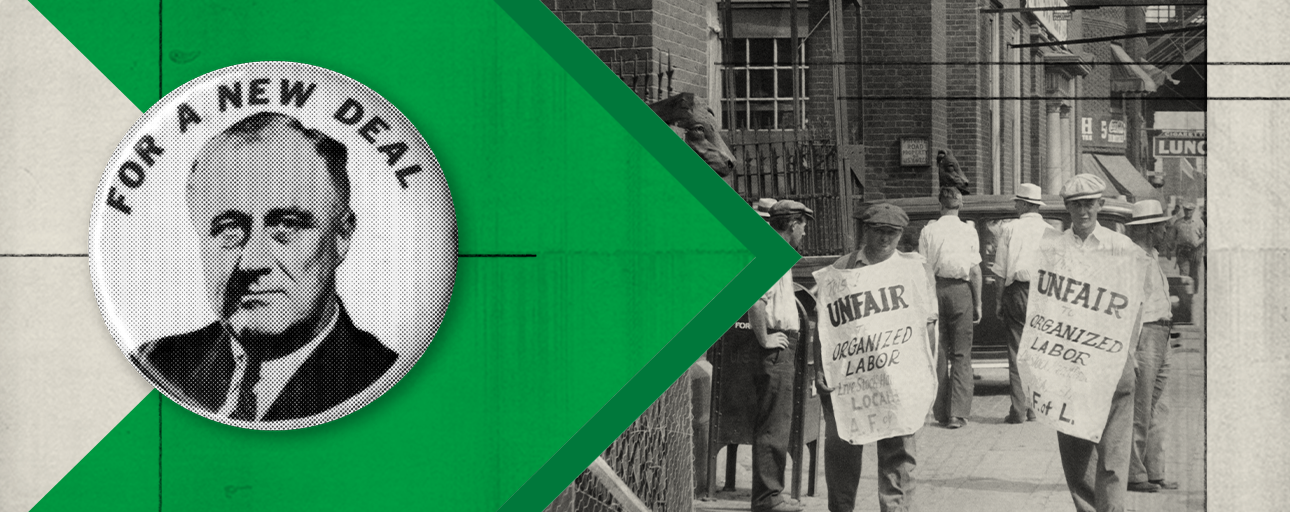It’s hard to imagine a workplace without HR. But people have worked since the beginning of time, so when did managing people become an essential part of business?
Believe it or not, the idea didn’t come about until the late 18th century! In fact, it wasn’t until the Industrial Revolution that Robert Owen and Charles Babbage proposed correlations between a well-treated workforce and productivity.
Owen, a textile manufacturer, believed workers would perform better with motivation instead of threats. Babbage, the father of the modern computer, offered a strategic approach to workplace management.
Over time, employers began implementing Owens’s and Babbage’s ideas by creating healthy workplace conditions and limiting the workday to eight hours.

Gaining momentum
In the early 1900s, Frederick Taylor’s scientific approach to management, which focused on the way work is done, gained nationwide attention. His system for managing employees, improving work conditions and providing incentives to workers was revolutionary, and it significantly increased productivity.
In 1935, Franklin D. Roosevelt enacted the National Labor Relations Act protecting employees’ rights to organize and address unfair working conditions.
More and more businesses began to fully embrace the idea of treating people as, well, people — with emotional and psychological needs. And by the 1950s, human resources, in name and function, became a permanent part of the workplace.
Initially, the role of HR was highly administrative — and manual — with benefits and payroll duties. As the 20th century progressed, so did the role of HR as it expanded to include strategic initiatives like workplace culture and the well-being of a company’s greatest asset: employees.

Full steam ahead
Today, HR professionals do a lot — including recruiting, managing employee relations, payroll, benefits, driving strategy and more. With all those responsibilities, HR doesn’t have time for manual, paper-based processes. Thankfully, the digital transformation has changed the way we live and work. It has also revolutionized HR professionals’ roles, allowing them to shed the day-to-day administrative burden of paperwork in favor of effecting change and growth in the organization.
We see this redefining of roles for HR efficiency in the transfer of managing an employee’s hours, expenses and benefits to the person who knows it best: the employee. Technology has progressed that employees now can manage the last — but most important — piece of their own data: their payroll.
An industry first, Paycom’s Beti™ is an employee-driven payroll experience that allows employees to do their own payroll. Beti helps achieve greater accuracy and process oversight by empowering employees to verify their own data and resolve outstanding issues prior to payroll submission. By not standing between employees and their own information, HR is also able to recapture valuable time that can be spent in pursuit of high-level objectives.
Paycom’s single, comprehensive software has the HR management tools needed to care for employees from hire to retire. Tools like Applicant Tracking and Onboarding not only simplify and streamline the hiring process for HR, but they also provide candidates with the digital experience they want.
As technology continues transforming business, HR’s future as an agent of change looks brighter than ever. Ready to see how Paycom could transform your business? Let us show you in a personalized demo.